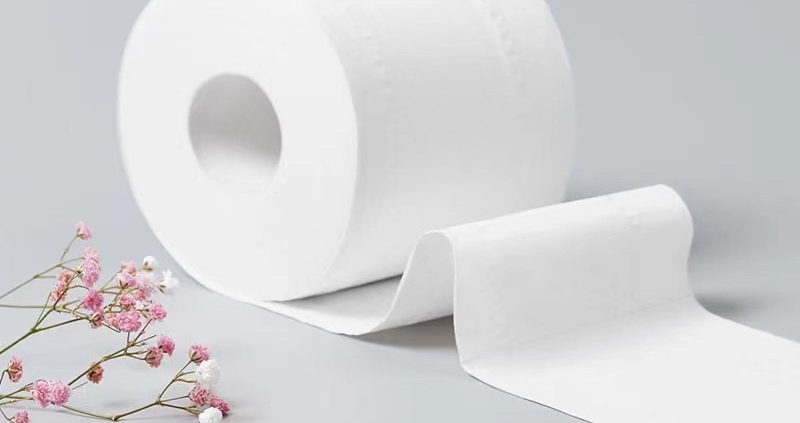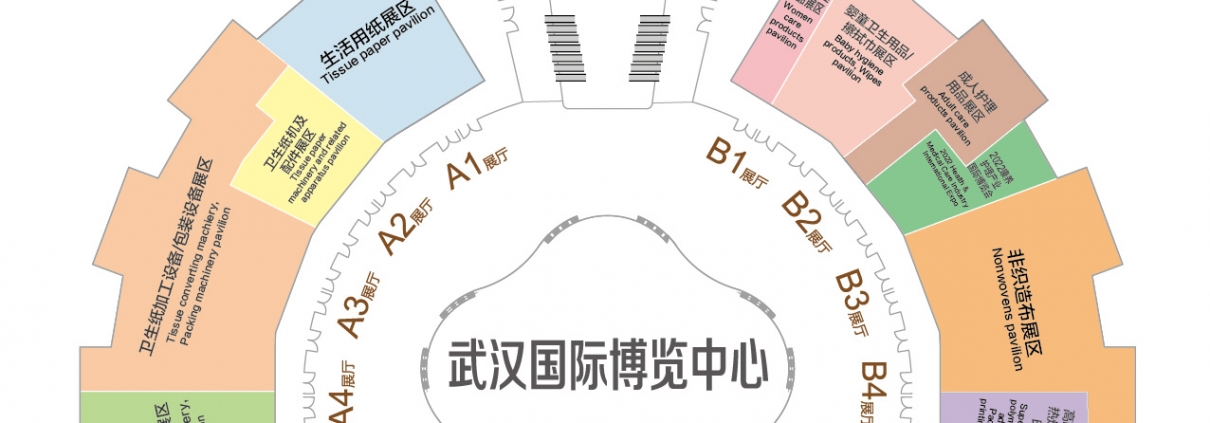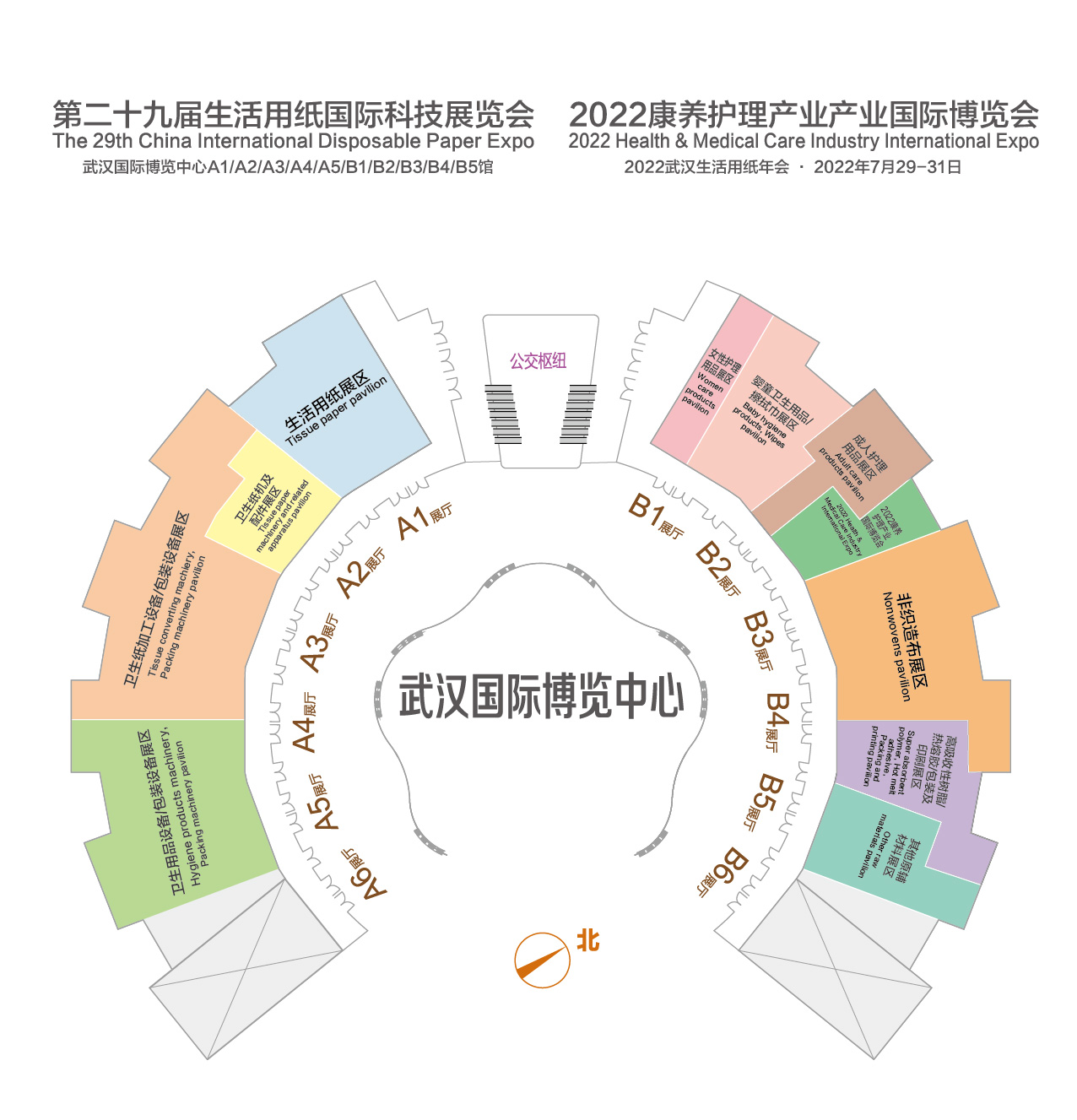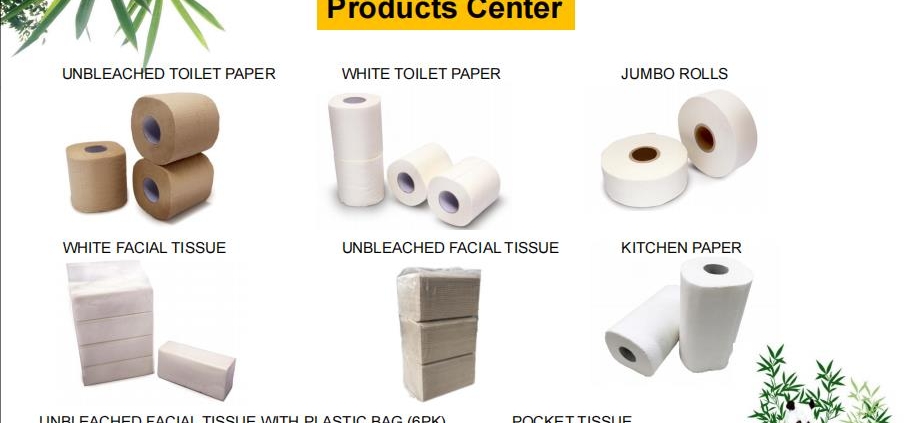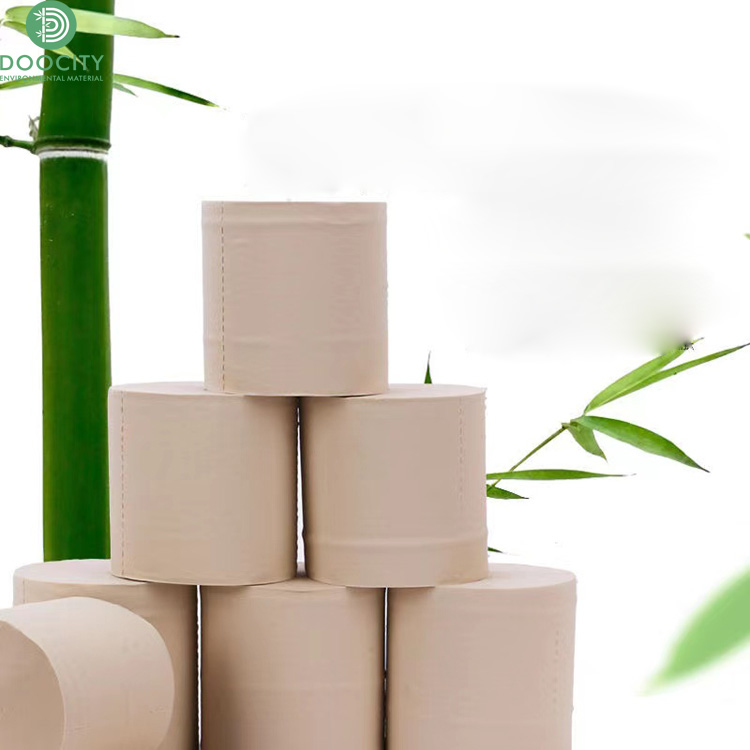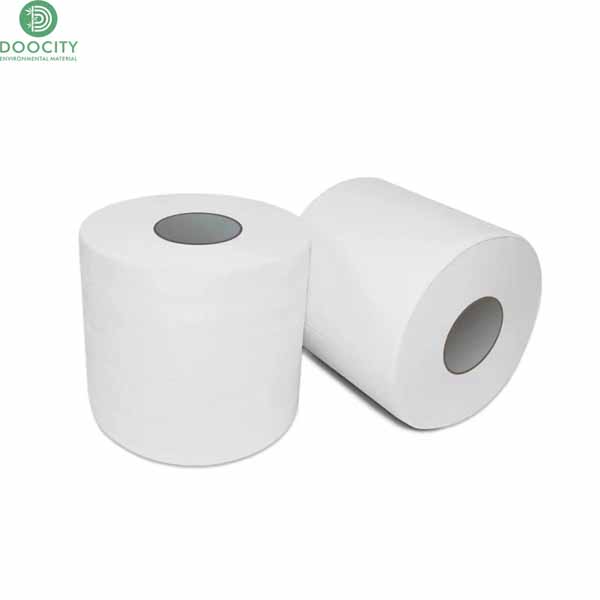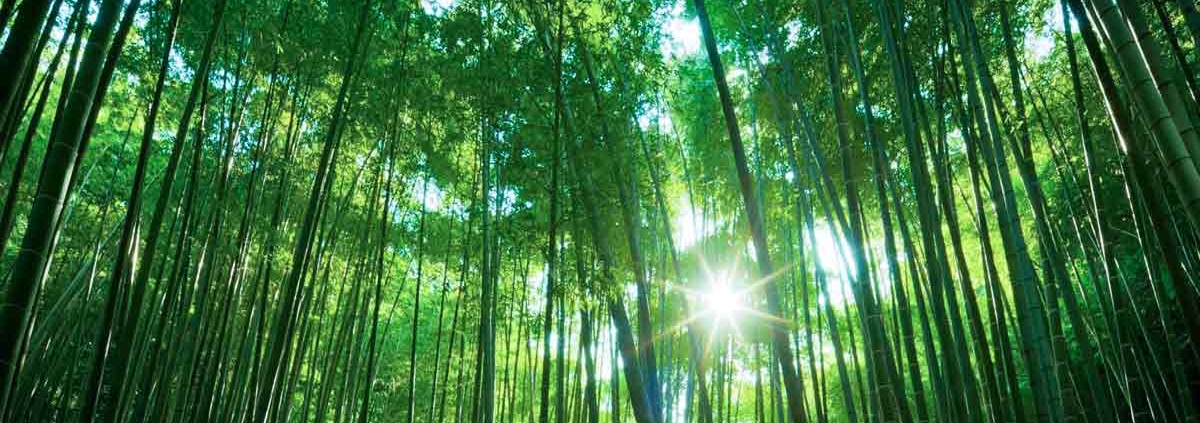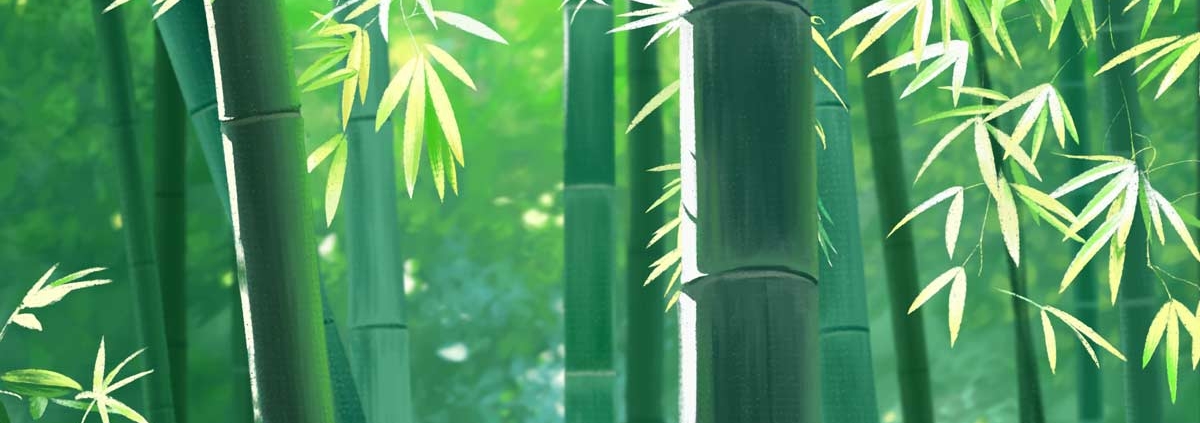It doesn’t take an expert to realize that mowing down forests for single-use paper products is poor environmental practice — not least when handfuls of said product are being literally flushed down the toilet thousands of times per second.
According to a 2019 Natural Resources Defense Council report titled “The Issue With Tissue,” the U.S. leads the world in toilet paper consumption, with the average American going through 28 pounds of it per year.1 That translates to 141 rolls per person, nearly 50 billion rolls in total, and most of them hail from Canada’s boreal forest, which is home to entire populations of caribou, lynx, and moose, not to mention some 600 Indigenous communities. What’s more, these trees play an essential role in absorbing and storing earth-heating carbon, which is promptly released back into the atmosphere when the forest is cut.
For years, the NRDC has been urging consumers to switch to greener alternatives — namely recycled or bamboo toilet paper (if not the most sustainable option yet, the trusty bidet). Here’s a look at how each ranks in eco-friendliness, considering its manufacturing processes, pollution, harvesting methods, and bleaching.
How to Choose Paper Products That Protect Forests
The best way to make sure your paper products are sourced responsible is to look for their environmental certifications. The Forest Stewardship Council (FSC) certification is the gold standard, ensuring products “come from responsibly managed forests that provide environmental, social, and economic benefits.” It can be used for bamboo products, too. The FSC’s “tick tree” logo is perhaps the most widely recognized of the paper industry.
The Sustainable Forestry Initiative also offers a certification, but it’s not as stringent as the FSC’s, according to past reports by Green America and Greener Choices.
Bamboo is quickly gaining traction as a tree-free toilet paper option. Bamboo paper products are manufactured in much the same way as regular paper — the plant is broken down into fibers and turned into a pulp that is then pressed and dried — but whereas the average conifer takes a year to grow one foot, bamboo can manage that growth in one measly hour. It is, in fact, the fastest-growing plant in the world. It’s not picky about where it grows, either.
Bamboo crops can thrive in a variety of climates. They occupy less space than boreal forests, don’t need to be replanted once harvested, and don’t require the use of fertilizers or pesticides. Bamboo products produce 30% fewer emissions than those made of virgin fiber, according to the NRDC.
Environmental Pitfalls
That’s not to say that bamboo is a perfect solution. The NRDC points out in its 2019 report that hardwood forests are now being destroyed just to make room for bamboo plantations, so it’s important to buy only bamboo products that are FSC-accredited.1
The fact that most bamboo is imported from Asia adds to its environmental impact, too.
Post-Use
Bamboo toilet paper is generally 100% biodegradable; it will decompose naturally and break down much faster than regular or recycled varieties, some of which can take several years to fully decompose. Its quick-dissolving nature makes bamboo toilet paper septic-safe and less likely to clog systems than traditional toilet paper.
Recycled Toilet Paper
Recycled toilet paper is made by soaking paper scraps in warm water, aerating the mixture to remove ink, bleaching and sanitizing it, then pressing and drying it, like with traditional toilet paper. According to the NRDC, recycling paper into bathroom tissue requires less water and energy and creates less air and water pollution than making bathroom tissue from timber; however, consumers should beware of misleading marketing claims and lurking chemicals.
BPA Contamination
A large portion of post-consumer recycled content has a thermal coating — think: the glossy papers used for receipts, lottery tickets, and shipping labels. Thermal paper contains bisphenol-A, better known as BPA, which has been found in recycled toilet paper.2 A study that examined BPA levels in paper products noted that dermal absorption of the toxin has minor health consequences compared with exposure through consumption (which has been linked to infertility, increased blood pressure, and more), but the environmental impact is greater.3
When paper containing BPA is flushed down the toilet, it can disrupt the reproductive systems of aquatic wildlife, resulting in a generational ripple effect that could forever alter ecosystems.4
Pre-Consumer vs. Post-Consumer Recycled Content
“Recycled” has become a vague, misunderstood, and unregulated greenwashing term in the toilet paper industry. The NRDC notes that a product can be branded as 100% recycled even if less than half of it is made of post-consumer recycled content.

